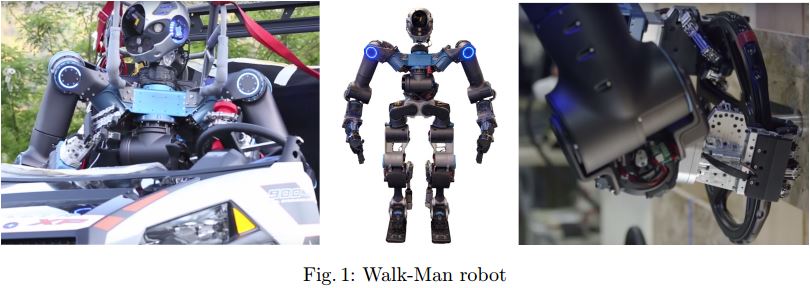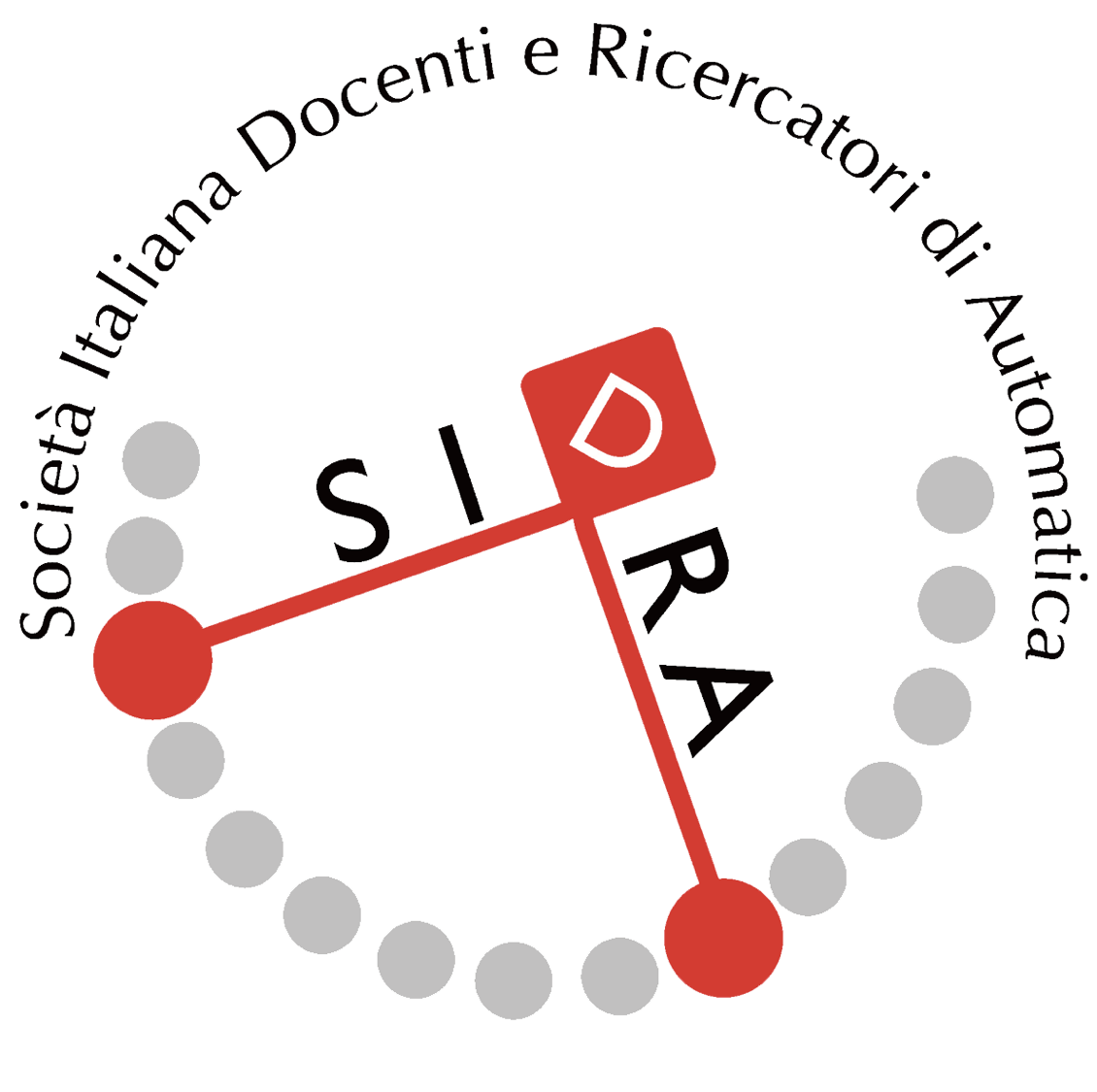Autori
Danilo Caporale, Alessandro Settimi, Mirko Ferrati and Lucia Pallottino
Abstract
Robotics is emerging as one of the most rapidly developing engineering fields. We are assisting to an enthusiastic shift from industrial use to civil and consumer applications.
Decades of research have allowed the development of bio-inspired robots in different areas of application.
One of the most promising fields is that of humanoid robotics.
Despite the remarkable developments achieved in structured environments, robots could not demonstrate the ability to operate in catastrophic situations, for example in the Fukushima disaster in 2011.
With this in mind, the Whole-body Adaptive Locomotion and Manipulation (Walk-Man) EU project focuses on developing a prototype of humanoid robot that is able to operate in de-structured environments, demonstrating strong manipulation, robust locomotion and physical sturdiness.
We approach the problem of loco-manipulation planning for a robot with given parametrized control laws. Each of these control laws, called motion primitives, can be executed with some guarantees, but combining them might result in incorrect execution of one of the primitives or in failures.
The main idea is that the locomotion and manipulation of the robot has to be integrated at the execution level, but at the planning level the two things can be separated.
The robot, remotely operated by a human, uses the information about the location of an object in the working environment and the kind of affordances available how to interact with them to build a semantic map of the environment. The planner uses such a map to choose which motion primitive to activate, namely a walking primitive, a grasping primitive, or the primitive responsible to activate a switch or rotate a valve, based on the location of the random samples in an informed sampling space.









